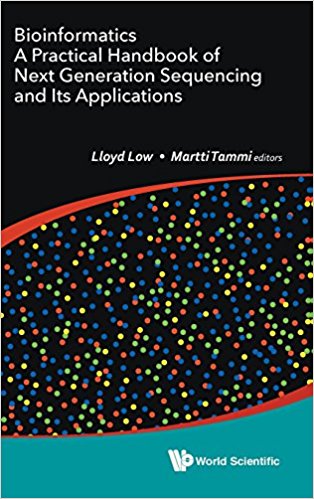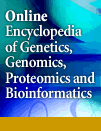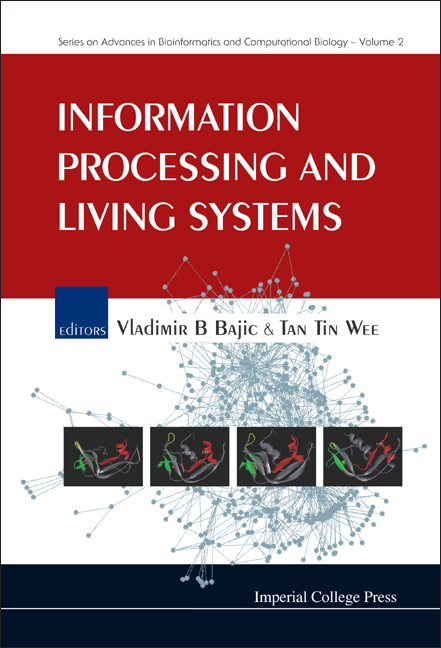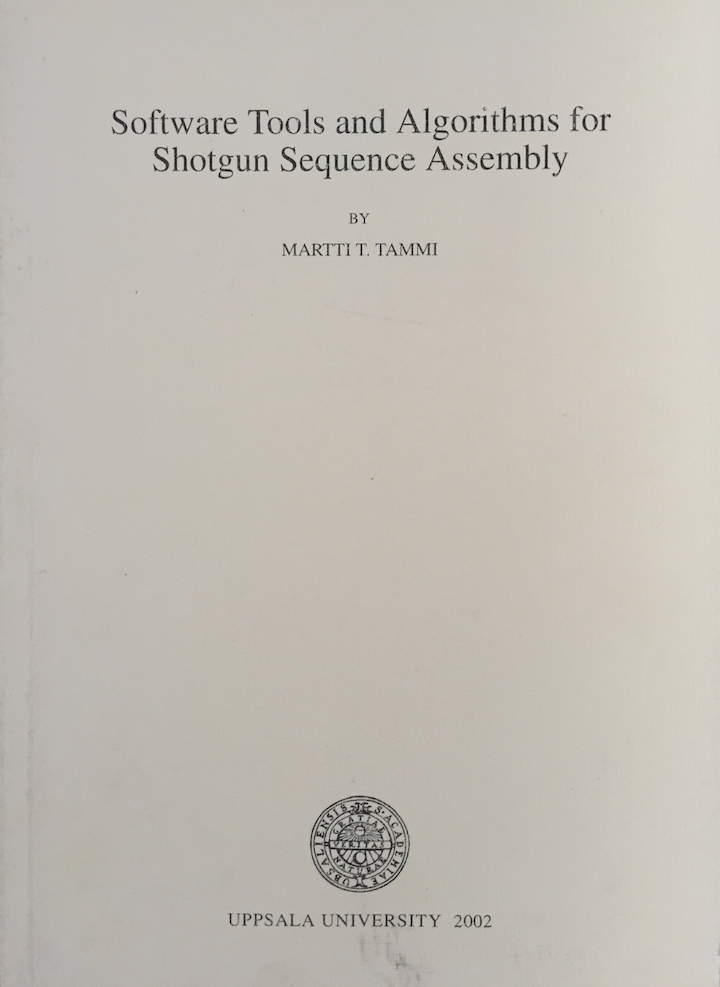Dr. Martti: List of published books

Bioinformatics: A Practical Handbook of Next Generation Sequencing and Its Applications
Editors: Lloyd Low and Martti T. Tammi
TweetThis invaluable book provides step-by-step guides to complex topics that make it easy for readers to perform essential analyses from raw sequenced data to answering important biological questions. It is an excellent hands-on material for teachers who conduct courses in bioinformatics and as a reference material for professionals. The chapters are written to be standalone recipes making it suitable for readers who wish to self-learn selected topics. Readers will gain skills necessary to work on sequenced data from NGS platforms and hence making themselves more attractive to employers who need skilled bioinformaticians to handle the deluge of data.

Encyclopedia of Genetics, Genomics, Proteomics and Bioinformatics
Description
The online edition of the Encyclopedia of Genetics, Genomics, Proteomics and Bioinformatics . Edited by Lynn Jorde , Peter Little , Mike Dunn and Shankar Subramaniam , this is a fantastic resource that brings together for the first time all four fields of genetics, genomics, proteomics and bioinformatics in an online format for faster delivery of content to meet your dynamic research requirements. Read more...»
The articles are also classified by type, as Introductory Reviews for people new to a subject, Specialist Reviews that provide in-depth coverage for those with more experience, Short Specialist reviews that address cutting-edge topics in current research, and Basic Techniques essays or Tutorials. These may be accessed via the Browse by Subjects button.
The focus is on studies based on the human and mouse genomes, but other important model eukaryotes, as well as pathogenic bacteria, are given in-depth coverage. With articles written by established leaders in the field as well as by rising stars, this work will be an essential reference tool for all members of genomics, proteomics, transcriptomics and bioinformatics teams, from students, to post-docs, to senior scientists, and a 'must have' for university and research institute libraries. It will also provide a valuable resource for pharmaceutical and biotech companies that have an interest in this important and rapidly developing field.
For readers approaching new fields, there is a comprehensive Glossary available that explains over 500 terms in a clear and concise way.
You can also buy this Major Reference Work in print format.
Less...^
Information Processing and Living Systems
Description
Information processing and information flow occur in the course of an organism's development and throughout its lifespan. Organisms do not exist in isolation, but interact with each other constantly within a complex ecosystem. The relationships between organisms, such as those between prey or predator, host and parasite, and between mating partners, are complex and multidimensional. In all cases, there is constant communication and information flow at many levels.
Read more...»This book focuses on information processing by life forms and the use of information technology in understanding them. Readers are first given a comprehensive overview of biocomputing before navigating the complex terrain of natural processing of biological information using physiological and analogous computing models. The remainder of the book deals with “artificial” processing of biological information as a human endeavor in order to derive new knowledge and gain insight into life forms and their functioning. Specific innovative applications and tools for biological discovery are provided as the link and complement to biocomputing.
Since “artificial” processing of biological information is complementary to natural processing, a better understanding of the former helps us improve the latter. Consequently, readers are exposed to both domains and, when dealing with biological problems of their interest, will be better equipped to grasp relevant ideas.
Less...^
Software Tools & Algorithms for WGS Sequence Assembly
The secret of life is complementarity. Deoxyribonucleic acid, DNA, is a double helix consisting of alternating phosphate and sugar groups. The two chains are held together by hydrogen bonds between pairs of organic bases adenine (A) with thymine (T) and guanine (G) with cytosine (C) (Watson & Crick, 1953). In 1962 James Watson, Francis Crick, and Maurice Wilkins jointly received The Nobel Prize in Physiology or Medicine for their determination of the structure of DNA. In 1959, Seymour Benzer presented the idea that DNA and RNA molecules can be seen as linear words over a 4-letter alphabet (Benzer, 1959). Read more...»